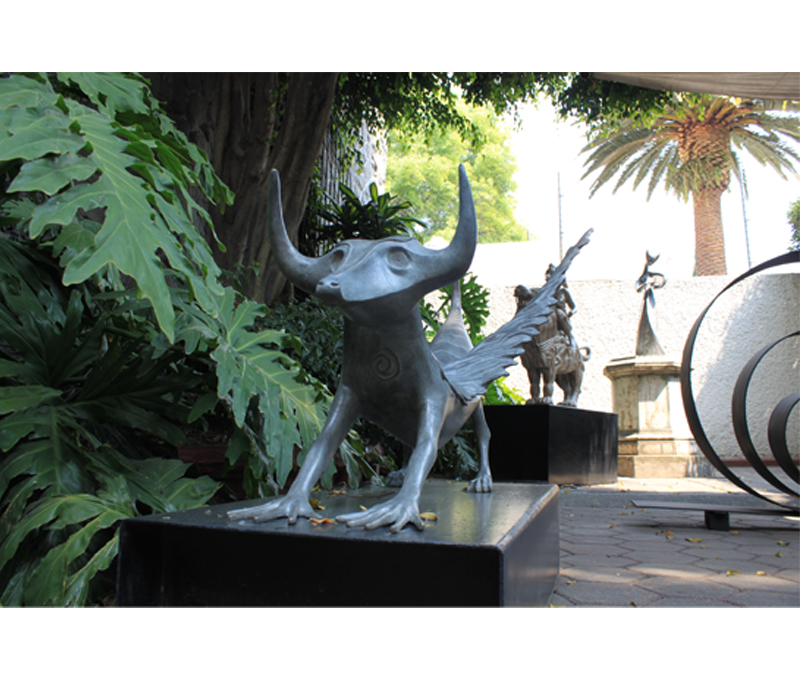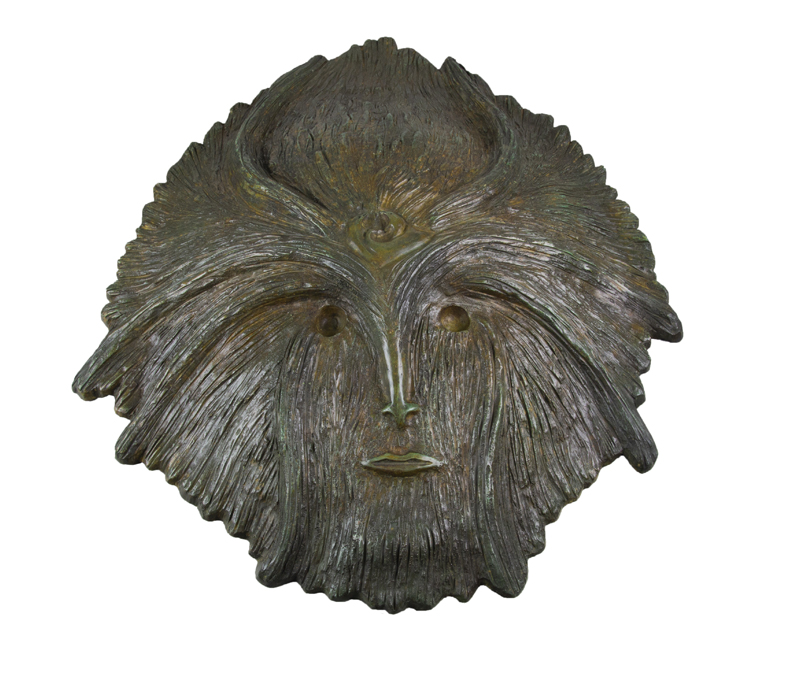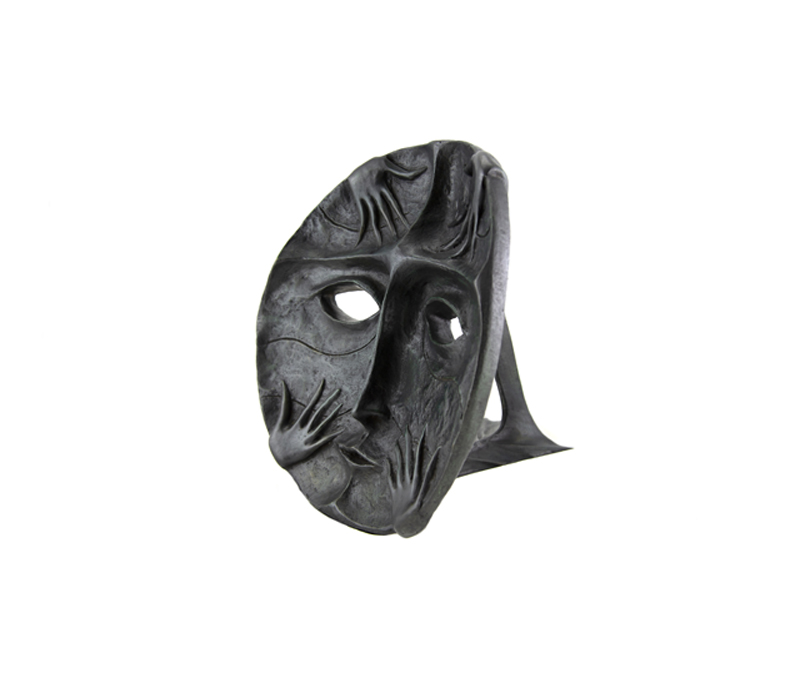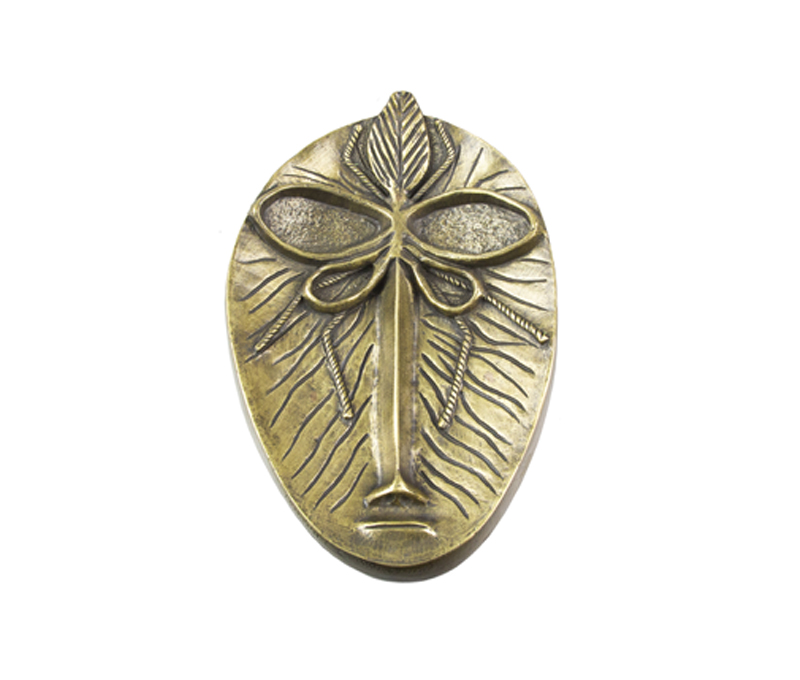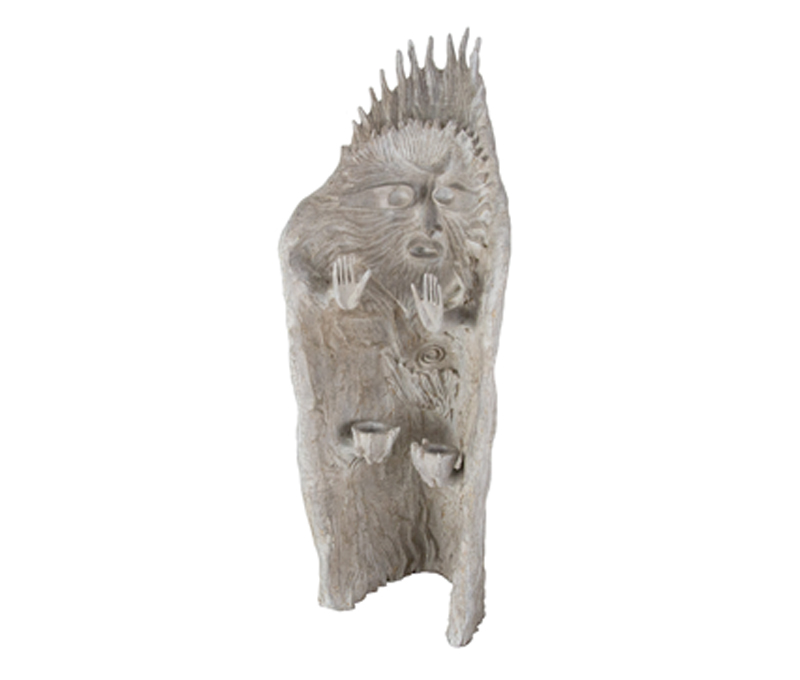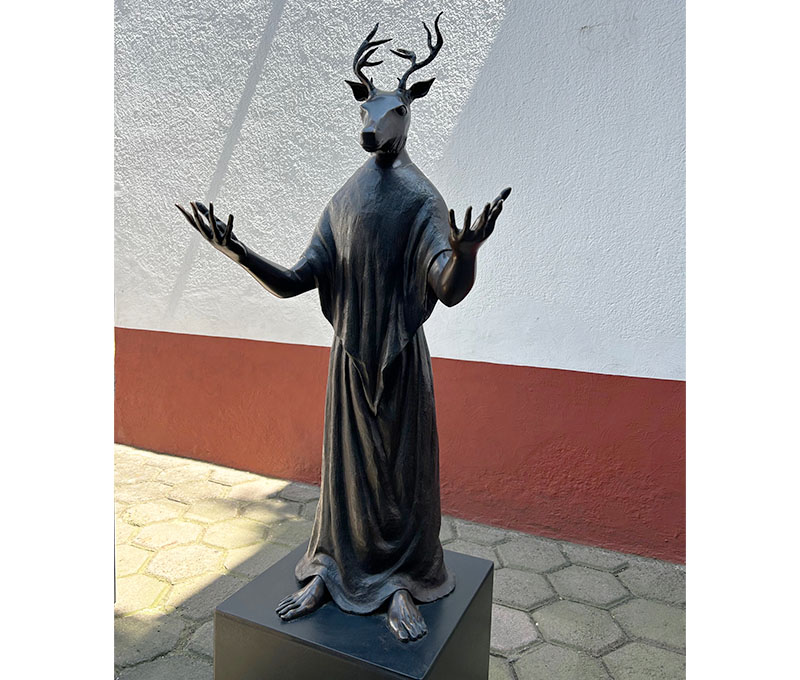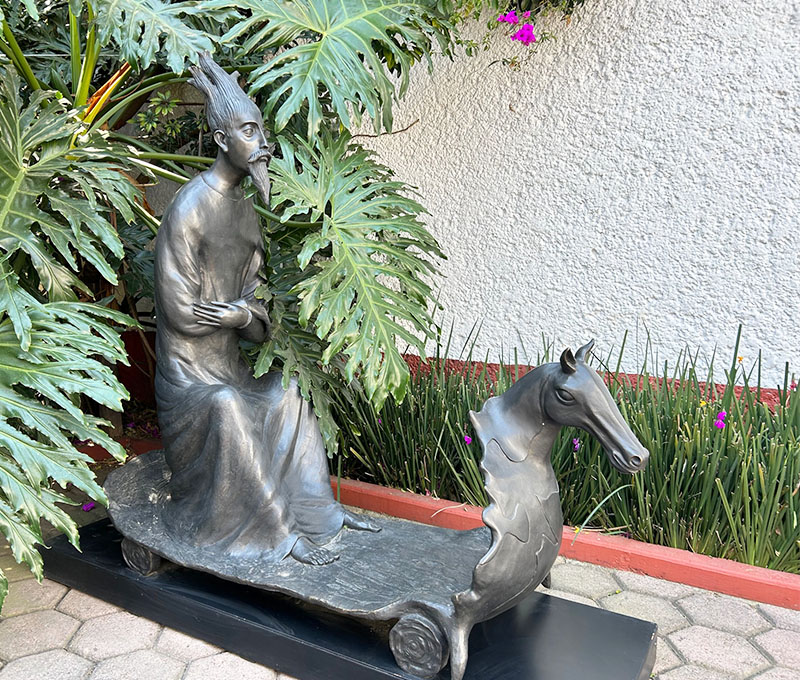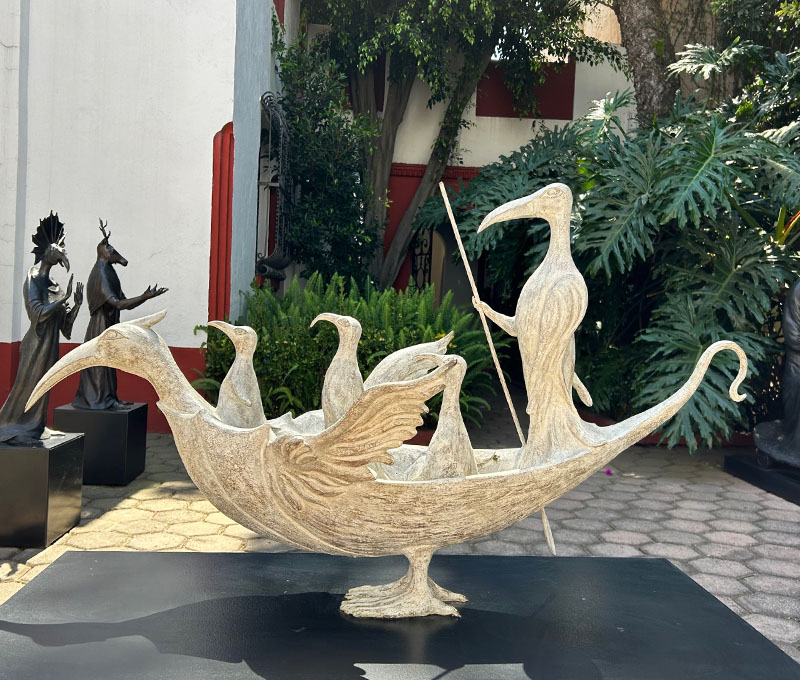Semblanza
Nació en Clayton Green, Lancashire, Inglaterra en 1917. Murió en la Ciudad de México en 2011.
Su imaginación se alimentó por la cultura celta y, posteriormente, por la cultura maya.
Ingresó en 1936 a la Academia Amedée Ozefant en Londres. Se vinculó con el movimiento Surrealista y tuvo una relación con Max Ernst.
En 1941 logró salir de Europa con la ayuda del diplomático Renato Leduc, con quien se estableció en México y permaneció casada por más de un año. Posteriormente conoció al fotógrafo húngaro Emerico (Chiki) Weisz con quien contrajo matrimonio en 1946 y con quien tuvo dos hijos.
Además de su extensa producción en dibujo y pintura, Carrington incursionó en la gráfica y la escultura, así como el diseño de novedosas técnicas textiles. En el ámbito literario produjo cuentos, obras teatrales y novelas.
En 1963 pintó el mural “El mundo mágico de los mayas” en el Museo de Antropología e Historia, en la Ciudad de México.
En 2005 le otorgaron el Premio Nacional de Ciencias y Artes.
________________________________
The surrealism movement was born in Europe at the end of World War I and during World War II as a cultural phenomenon that set its roots and spread all over the world.
At present, we are witnessing the reassessment of Surrealism as an expression of art with world relevance. Leonora Carrington was part of that artistic and expressive emergence since its beginning in Europe and Mexico.
The landscapes, the pre-Hispanic cosmogony, the cultural syncretism and the Mexican magical traditions were surrealist as perceived by André Breton. Mexico was a melting point for artists that fled or were exiled from Europe and turned Mexico City into one of the Surrealism epicenters.
Leonora Carrington arrived in Mexico in 1941. She became friends with relevant artist of that period. She experimented with various means throughout her life to represent her visual world: she painted puppets with José Horna, collaborated with Luis Buñuel and Edward James, became a close friend of Remedios Varo, developed her painting and literary production, and created magnific sculptures in bronze. Some of these sculptures, at monumental scale, can be observed in several museums and public spaces all over Mexico.
Influenced since childhood by Irish tales and Celtic mythology, Leonora Carrington created a world of imaginary creatures and landscapes. Her plastic creation reached tridimensional expression in Mexico, as it was here that she made most of her sculpture production.
